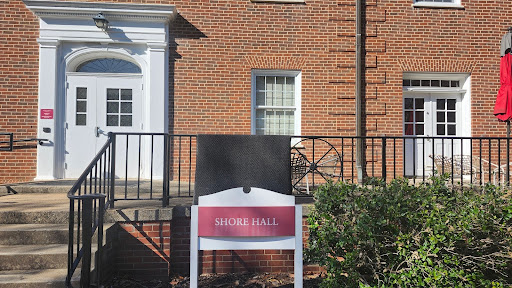“Well, this is it. This is the last minute in the last quarter of the biggest, most important game humanity has ever played.”
That is how Van Jones, President Obama’s former Green Jobs adviser, greeted the crowd at the Forward on Climate rally on Feb. 17 in Washington, D.C.
The Sierra Club, 350.org and the Hip Hop Caucus organized the rally, which placed a strong emphasis on the rejection of the Keystone pipeline and is said to be the largest climate rally in U.S. history. I was lucky enough to be home this weekend and attended part of the rally.
“(The main goals of the rally were) to demonstrate a growing climate movement that is on its way to being strong enough to stand up to and defeat the fossil fuel industry,” said Daniel Kessler, media campaigner at 350.org in an email interview. “We outperformed our expectations and are excited.”
More than 35,000 people attended the rally.
“(The rally) was diverse and led by young people,” said Kessler. “The climate movement is being led by students. The divestment work on campuses is the hottest campaign going and is making a real difference.”
William Mackin, Guilford’s part-time lecturer in biology, attended the rally with his 12-year-old son, Andrew.
“OK, now it’s time to deal with climate,” said William Mackin about the message the rally sent to the president.
“It was kind of in between (fun and serious,)” said Andrew Mackin, describing the rally. He thinks attending rallies is a good experience for kids his age to learn “how to act at rallies.”
Though Kessler emphasized youth involvement, others had a different assessment of the rally attendees.
“Besides the college groups, the main population of the attendees was older,” said Pam Abutaleb, a Marylander who went to the rally.
“People who were old enough to actually have trouble walking, they were in the march, holding onto each other.”
“The woman with the cat (was the most memorable part of the rally,)” said Abutaleb, referring to a woman who attended the rally with a cat in her bicycle basket. Abutaleb added that the First Nation speakers also made quite an impression on her.
For me, the atmosphere was inspiring not only of action but of reflection. Often, when we think of climate action and environmentalism, we picture people in REI clothing talking about polar bears and ice caps. These are valid concerns and good people but less talked about are the groups subject to the bulk of the consequences of environmental irresponsibility.
“The government doesn’t recognize these people, and these people have been dying of mysterious cancers,” said Jacqueline Thomas, Chief of the Saik’uz First Nation from British Columbia, Canada. “Their water is polluted. Their animals are sick.”
Thomas emphasized the negative cultural and environmental effects of tar sands oil and environmental irresponsibility on First Nation people in Canada.
“When you see a person whose life has been ruined by it, it’s pretty powerful,” said Mackin of the First Nation speakers.
The rally made the connection between humanity, oppression and respecting our environment. It influenced young people and inspired older ones to attend. It marked a historic day in the history of environmental stewardship.
Environmentalism isn’t just for people who appreciate the outdoors or are intrigued by science. Environmentalism is for those concerned with social justice.
[photomosaic nggid=104]












David • Mar 9, 2013 at 9:36 am
Who let that polar bear next to that little girl? How are people just okay with that? This rally needed better security.